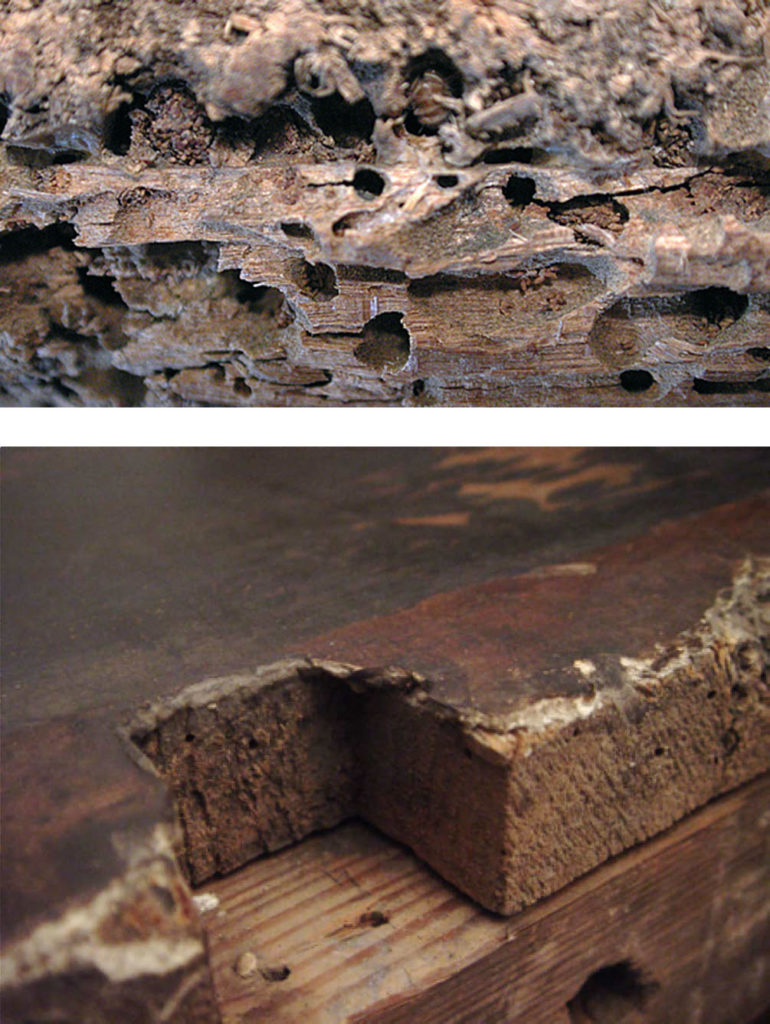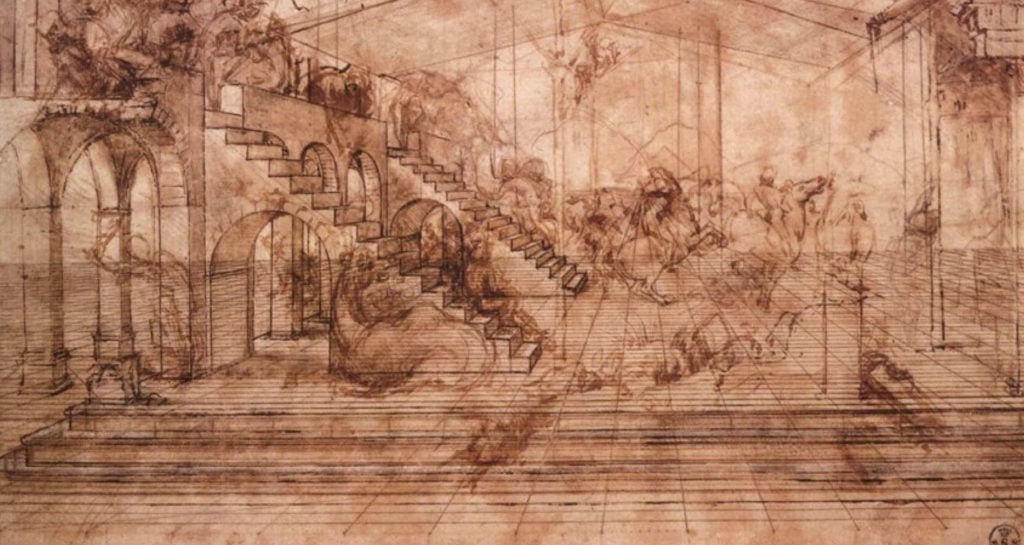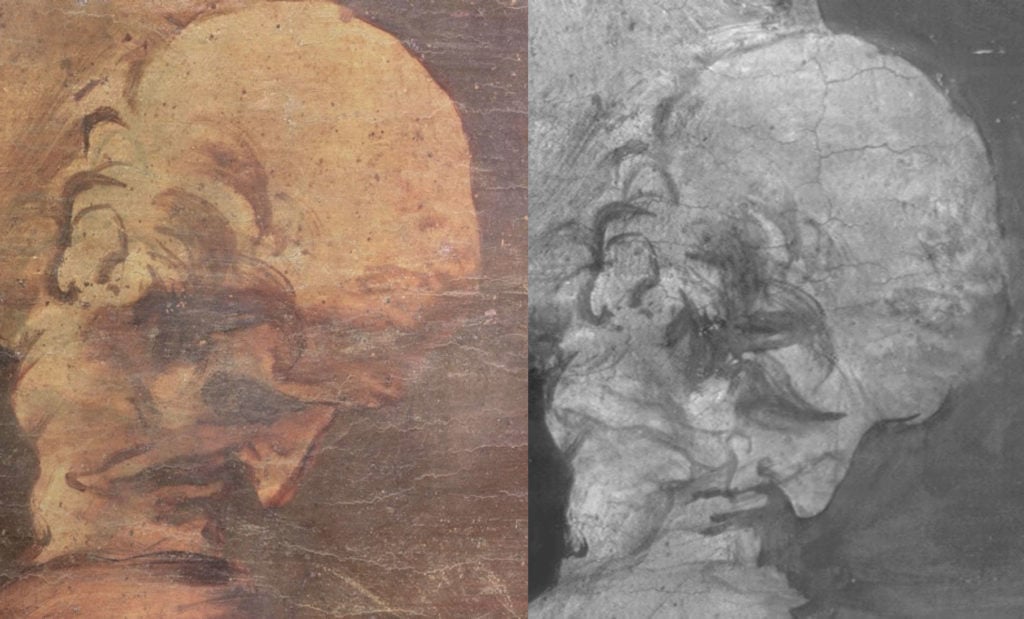Inside the Upstart Company That Aims to Revolutionize Art Authentication—and the Famous Art Mystery That Sparked It


Artnet Gallery Network

Art authentication is a tricky business. A painting’s authenticity can mean the difference between a multimillion-dollar masterpiece and a flea-market throwaway, yet few people know what the process entails.
Great Masters Art, a scientific authentication company based in San Diego, California, is trying to change that. Priding itself on transparency, the company employs a variety of methods to analyze works of art, from state-of-the-art techniques like photomicrography and infrared reflectography to good old art historical research. The goal is to learn about when and how paintings were done and with what materials. Through that process, Great Masters can tell you if your cherished Old Master painting is indeed real, or just a brilliant fake.
For the layperson, the description of this kind of work can become convoluted very quickly as scientific names get thrown around. The concepts behind the work, though, are not that difficult to comprehend. To explain them, the company’s founder, Curtis McConnell, uses a simple analogy.
“We treat fine art like a doctor would treat a patient,” McConnell tells artnet News. “The first thing we do is get the patient’s history. Second, we go through and try to understand the state of health of the patient through a combination of diagnostic imaging—x-rays, maybe an MRI or CAT scan. These are the same sorts of things we do for a work of art. And third, we end up with what’s called analytical diagnostics, which is the chemistry side—doing biopsies, material analyses, etc. The bloodwork, if you will.”

Leonardo da Vinci, The Adoration of the Magi (1481). Courtesy of Wikimedia Commons.
McConnell started Great Masters Art in 2013 with renowned scientist Maurizio Seracini to provide art authentication to investors, banks and insurance companies worldwide. Prof. Seracini, a cultural heritage diagnostician, is one of the world’s leading experts in art authentication. He has studied over four-thousand paintings by da Vinci, Botticelli, Caravaggio, Raphael, Modigliani, and many others. His work has included famous paintings from the Uffizi, the Met, and the Getty.
In explaining the origins of the company, McConnell tells a story about Italian art diagnostician Maurizio Seracini that begins 17 years earlier.
In 2001, the Uffizi Gallery in Florence announced plans to restore one of its most prized possessions: Leonardo da Vinci’s The Adoration of the Magi. The painting, thought to have been completed in 1481, is considered one of Leonardo’s earliest masterpieces, even though it was left unfinished. It was done on a series of 10 poplar planks and measures roughly eight feet tall and eight feet wide. Upon hearing about its restoration plans, Seracini approached the museum and offered to examine the work before the museum.
Seracini studied the painting for over six months. What he discovered was unexpected.

Seracini’s setup studying The Adoration of the Magi. Courtesy of Editech Srl.
First, he found that it was in rough shape. A band of nearly four inches had been chopped off of the bottom of the composition, and several sections on the top had been cut out and then reinserted with big nails jammed into them. There was clear evidence of rotting, and inside were woodworms, flies, and larvae. However, the most disconcerting discovery came later when Seracini and his team began to analyze the under-layers of the painting.
He uncovered small, indistinct blotches of brown paint across the work, which didn’t seem to match Leonardo’s meticulously detailed style.
“Maurizio, in his elegant Italian accent, called it ‘brown crap,’” McConnell recalls. “There was clear evidence that changes had been made to the painting, and they did not appear in any way to be the hand of da Vinci.”

Photos of The Adoration of the Magi in 2001. Top: Woodworms, flies. and larvae were discovered inside the painting. Bottom: Chunks of the painting had been removed and reinserted with nails. Courtesy of Editech Srl.
Ultimately, Seracini came to the conclusion that the underdrawing of the painting was indeed done by Leonardo around 1481. However, the painting on top was not. It was completed many years later by another artist and was not wholly faithful to the towering artist’s original plan.
After revealing his discoveries to the Uffizi, Seracini waited for the fallout from the media and art world, but it never came. The museum didn’t announce his findings; nor did it ask him to present his research to anyone else. It became clear that they were trying to sweep his work under the rug.
“In typical Maurizio fashion, he said, ‘Okay, well, if nobody else is going to talk about it, I’m going to talk about it,” McConnell says. Nearly a year after his meeting with the Uffizi, Seracini called up the New York Times and told them his story.

A preparatory sketch by da Vinci for The Adoration of the Magi. Courtesy of the Uffizi Gallery.
McConnell followed closely the controversy that ensued, especially after Seracini’s work was mentioned in Dan Brown’s The Da Vinci Code. It was several years later that he met the Italian professor, and began learning about scientific authentication and the art market.
“What Maurizio was doing was applying scientific method to understand art. I thought finally, here is somebody looking at things to provide more truth, more facts,” McConnell recalls. “My goal was to introduce all of the great science that Seracini had pioneered in a way that was palatable to the art market.”
McConnell also saw the need for change in the industry. “I realized that scientific authentication, in the way it was being done, was not scalable. It was very manual and very slow, and only affected a handful of high-end clients. I was also shocked by how many works of art that are sold are fake—experts estimate one third to one-half of all paintings are forged,” he says. “The art market is infiltrated by frauds and organized crime.”

Left: A detail of The Adoration of the Magi. RIGHT: An infrared reflectogram of the painting revealing the drawing underneath. Courtesy of Editech Srl and The Kalpa Group.
McConnell and Seracini formed Great Masters Art to develop technology to provide consistent, comprehensive, and transparent authentication services that set a new standard for the industry.
Today, they’re well on their way toward that goal. The company works with museums, collectors, sellers, attorneys, insurance companies, and even law enforcement. They charge the same amount for every painting, no matter how famous, and are working to educate the art world about scientific art authentication and how it works. Seracini and McConnell regularly give talks and presentations, and the company has an interactive application on its website that allows users to explore these technologies.
“The era of scientific authentication has arrived,” McConnell says. “I predict that within five years everybody buying art as an investment will insist that their art be certified as scientifically authentic and protected through a digital ID. It is our job to make this process easy, scalable, replicable, and transparent.
When that goal is realized, McConnell says, everyone will benefit: “When art is scientifically authenticated, buyers are protected, banks can trust their collateral, insurance companies lower their risk, and sellers can have confidence in their art’s value. And, of course, as we reveal the secrets of more paintings, the works of art will have new stories to tell us.”